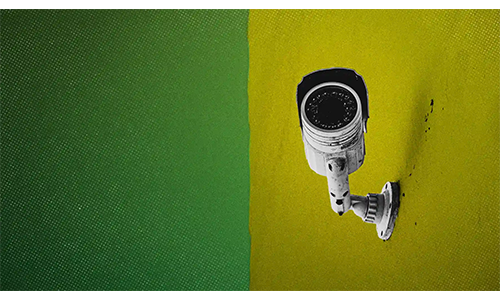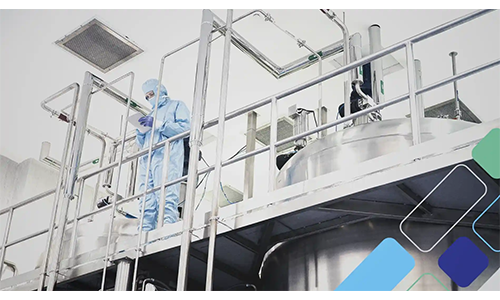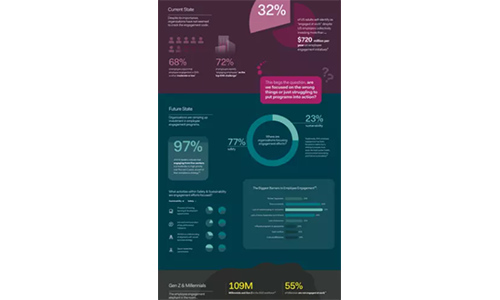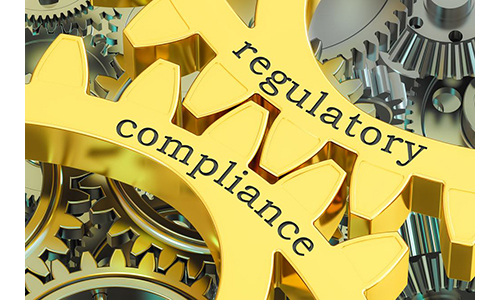While it's important to have a well-being program, its effectiveness is even more important. Just 32% of total rewards leaders believe their organization does a good job assessing the effectiveness of their investments in well-being programs, according to Gartner, Inc. The June 2023 survey of 165 total rewards leaders was announced at the Garnter ReimagineHR conference.
“HR and total rewards leaders know that well-being programs overall work; what is unclear is how their own specific programs are performing and what is needed to improve their effectiveness,” said Brent Cassell, vice president, advisory in the Gartner HR practice, in a statement.
The survey identified three steps total rewards leaders can take to measure well-being program effectiveness and communicate its value to senior stakeholders:
Measure Dimensions of Effectiveness
Organizations should look at four distinct dimensions of effectiveness – and the questions they raise – as a first step to measuring well-being effectiveness:
Adoption. Are employees aware of and using the well-being programs provided?
Satisfaction. If employees are using a particular offering, are they having a good experience and would they recommend it to others? Are they satisfied with the program of offerings overall?
Wellness. If employees are using the offering – and having a great time doing so – is it working? Are they fitter, better, happier people as a result?
Outcomes. If employees are feeling better, are total rewards leaders seeing that reflected in the outcomes their senior leaders care about most?
Create a Measurement Framework
Organizations should develop a measurement framework that looks at the full adoption journey, the survey includes. This includes employee awareness of well-being programs, whether employees feel the programs offered are relevant to their needs, and if employees are utilizing the programs.
Leaders should also consider how to show that participation in well-being programs drives both talent outcomes – employee engagement, performance, and intent to stay – and business outcomes, including reduced healthcare costs, absenteeism/presenteeism, and regretted attrition (when an employee leaves an organization willingly).
“One potential method for determining the overall value of an organization’s well-being program is to consider three facets: satisfaction, adoption and cost,” said Cassell.
Craft a Value Story
The company also should move beyond just sharing the data and should instead show the value of well-being investments to key stakeholders. Rather than starting with metrics and what is most easily measured, total rewards leaders need to tailor their messages to their audience. To do this, they must understand the priorities of individual stakeholders and then share the metrics that best demonstrate the impact of well-being programs in those terms.
“Data alone is not value, it is a means to an end,” added Cassell. “Total rewards leaders need to demonstrate to their key stakeholders how the organization’s well-being programs contribute to the things that they care most about.”















































































